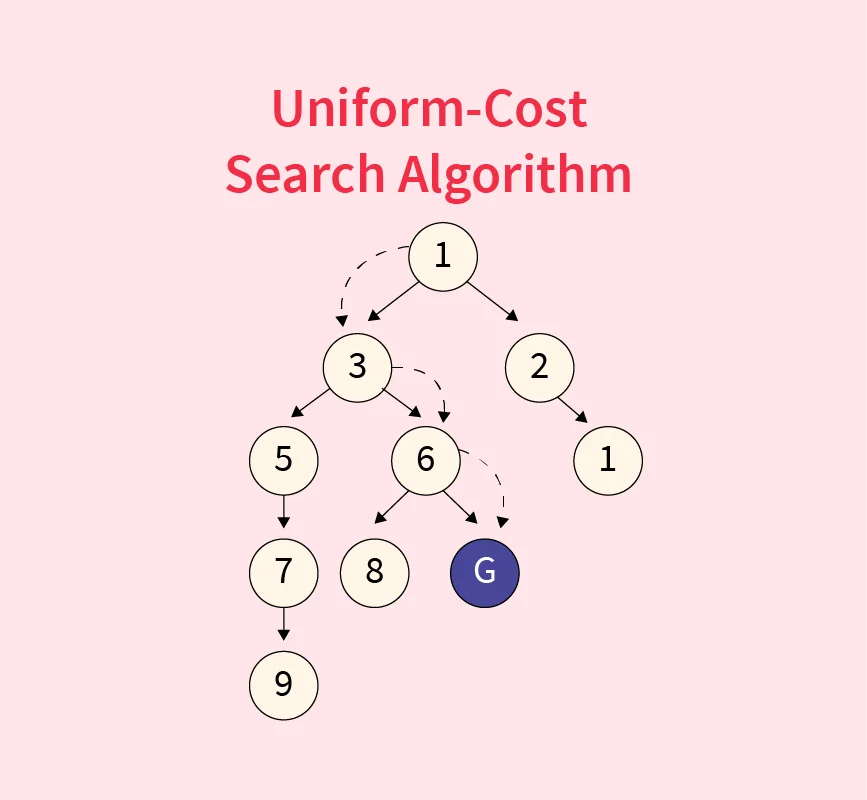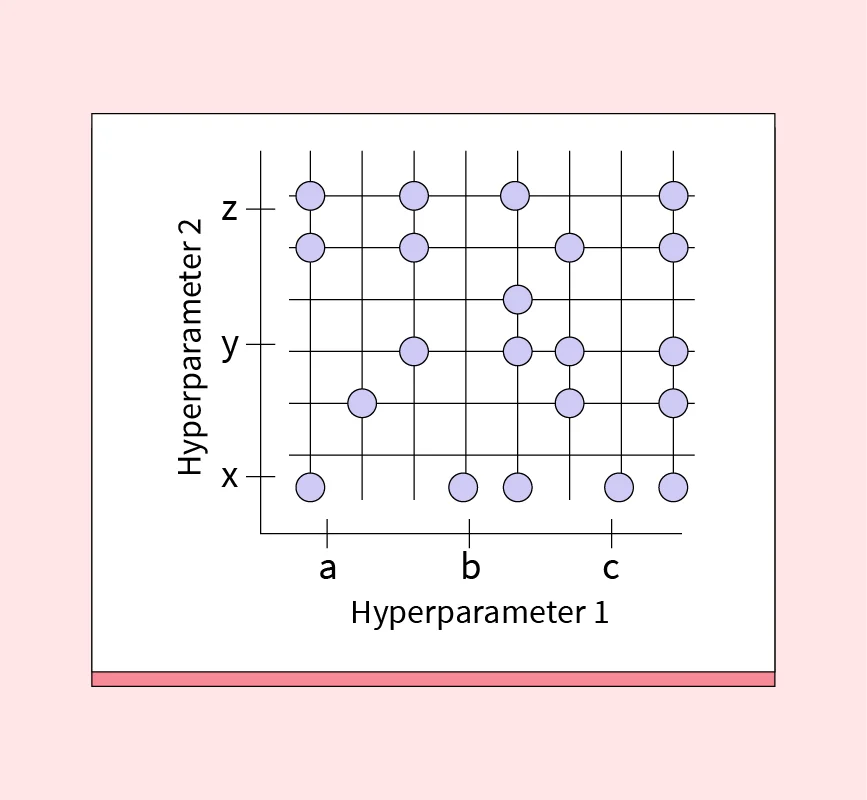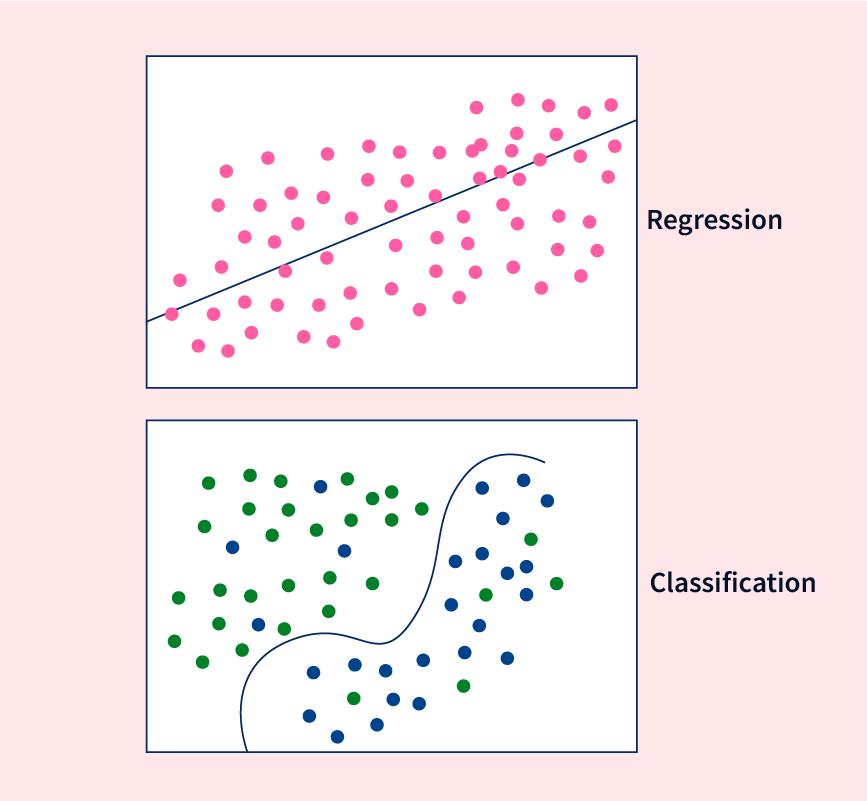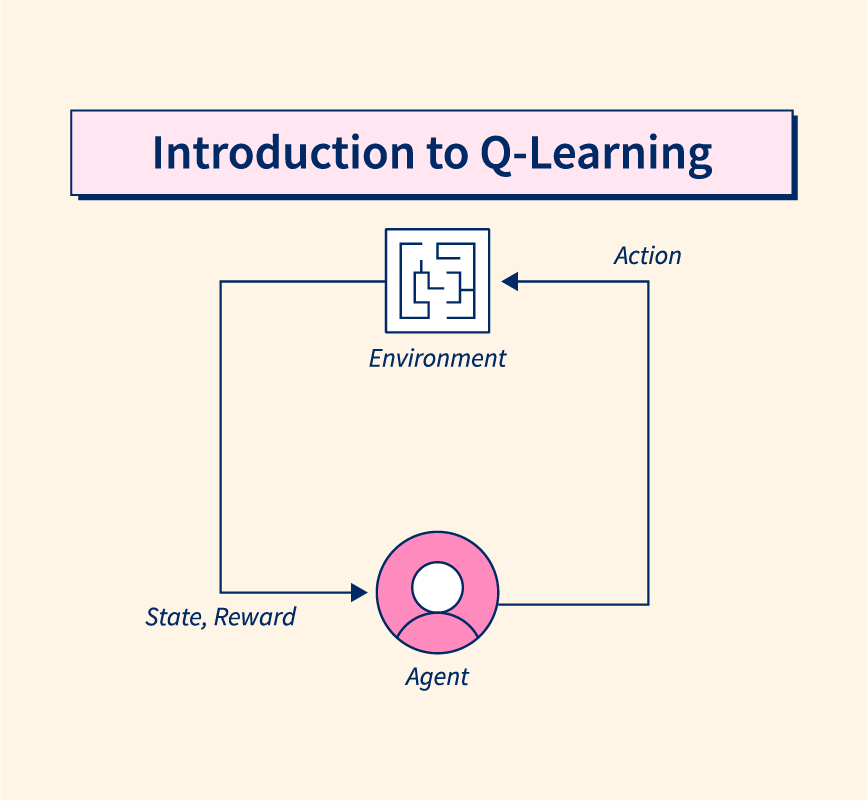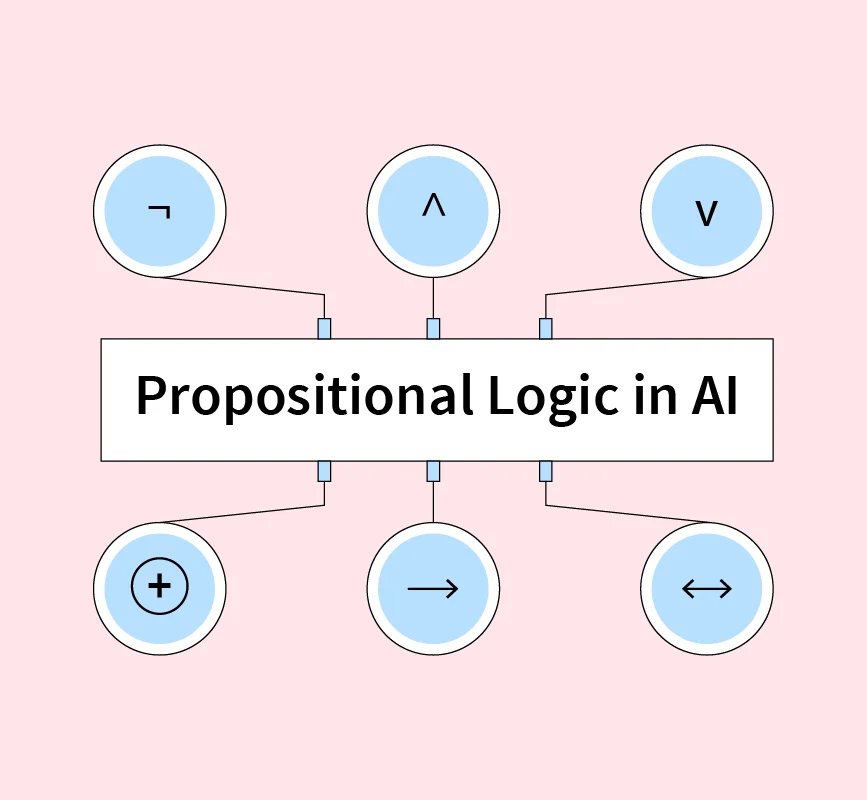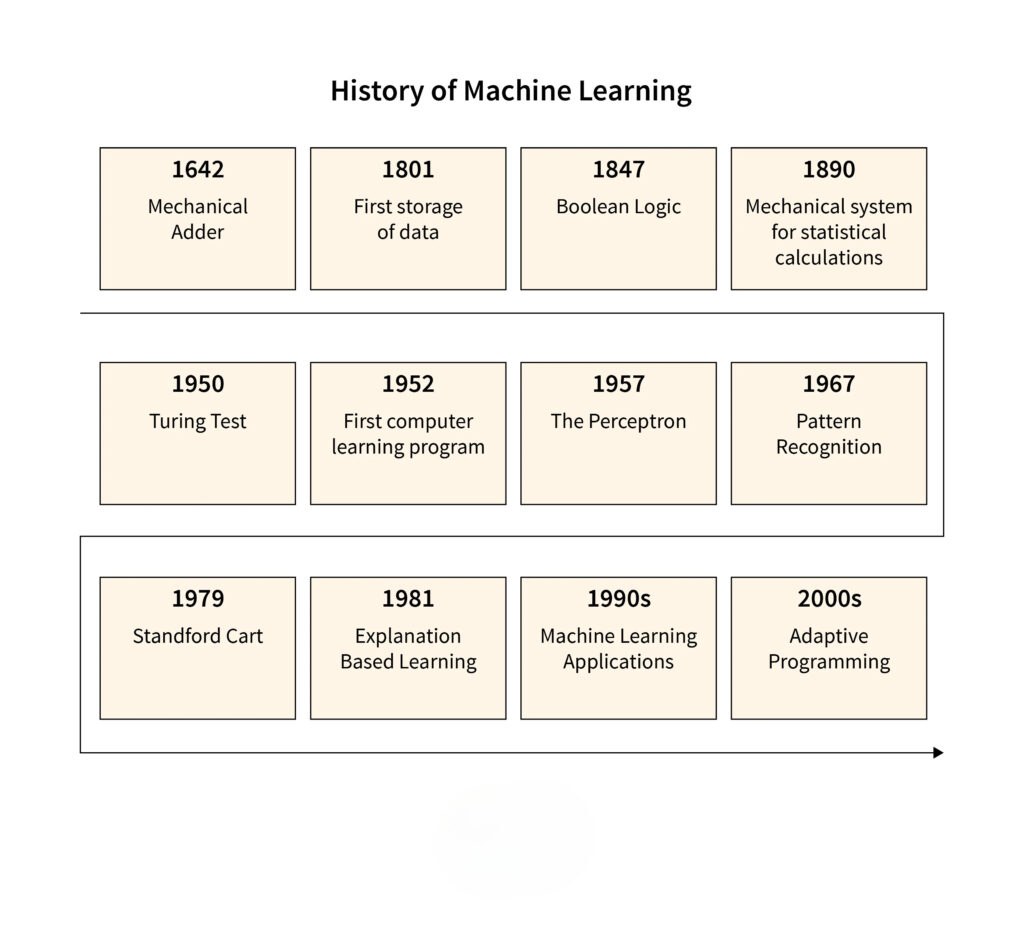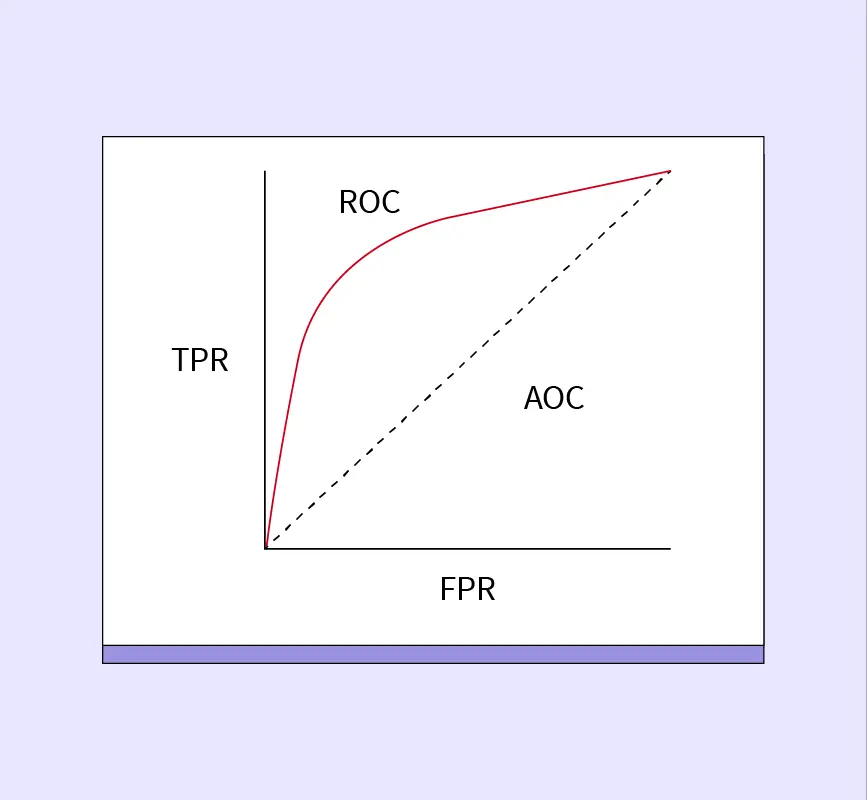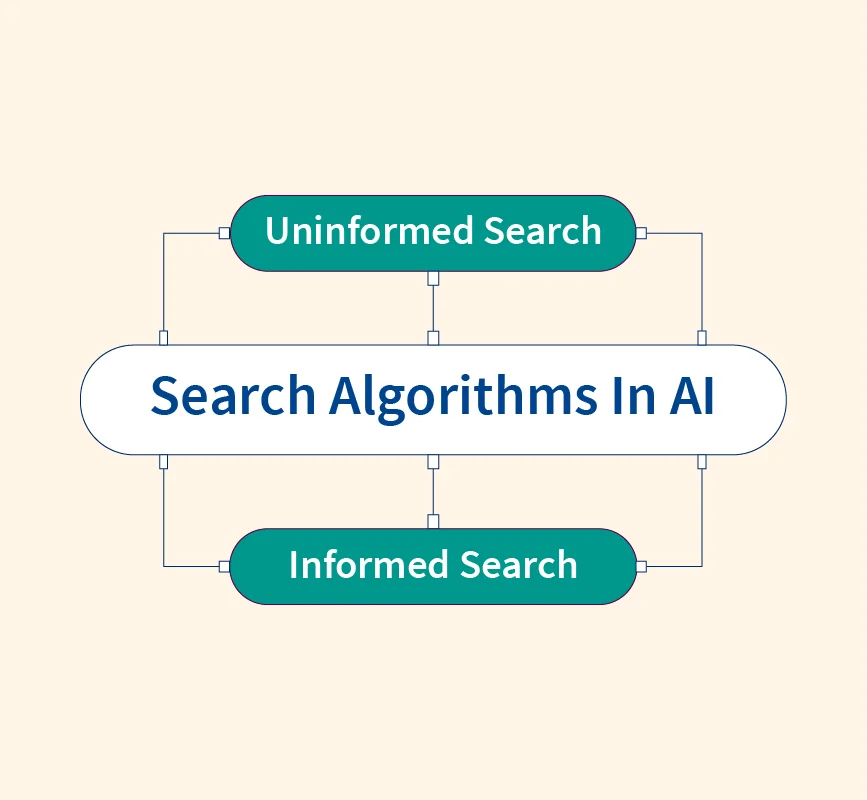Reinforcement Learning
Reinforcement Learning (RL) is a powerful area of artificial intelligence that enables systems to learn and adapt through a process of trial and error, aiming to achieve specific goals. Unlike traditional learning methods, RL emphasizes learning optimal actions based on feedback from the environment. This approach is especially valuable for tasks where defining explicit rules ...

